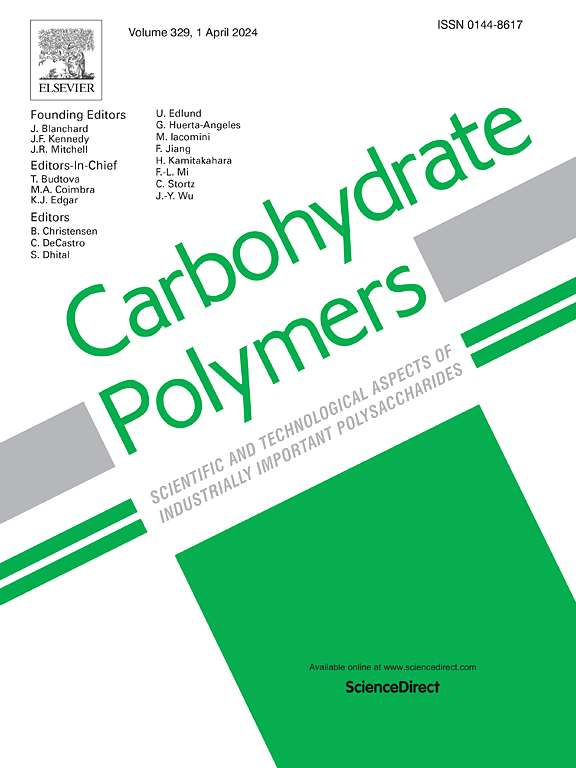Three-step crosslinking dependent self-bending transformation of a nano-spherical mineralized collagen laden 4D printed sodium alginate scaffold for bone regeneration
IF 10.7
1区 化学
Q1 CHEMISTRY, APPLIED
引用次数: 0
Abstract
Although 3D printed scaffolds are widely used in irregularly shaped bone defects, additional steps often need to be introduced when fabricating structures with curvature. In contrast, 4D printing has a unique advantage in the fabrication of scaffolding with a curved structure. Bone defects such as skull is generally curved, so a self-bending scaffold would be more appropriate for the cranial defect site. This paper presents a novel self-bending SAGMA hydrogel was loaded with nano-spherical mineralized collagen, then fabricated by a 4D printing method, which achieves adjustable self-bending through three-step crosslinking. When subjected to UV light irradiation, variations in gradient of photo-crosslinking are induced within the scaffold. This gradient of photo-crosslinking serves as the foundation for the scaffold's self-bending. The scaffold exhibited self-bending after crosslinking with calcium ions and chitosan, respectively, with curvature ranging from 0.05 mm−1 to 0.446 mm−1. In vivo experiments demonstrated the efficacy of the scaffold in enhancing the repair of cranial bone defects and promoting new bone formation in rats, as evidenced by microcomputed tomography and histochemical analysis. Therefore, this self-bending scaffold provides a potentially effective method for the clinical treatment of skull defects with curvature.

求助全文
约1分钟内获得全文
求助全文
来源期刊

Carbohydrate Polymers
化学-高分子科学
CiteScore
22.40
自引率
8.00%
发文量
1286
审稿时长
47 days
期刊介绍:
Carbohydrate Polymers stands as a prominent journal in the glycoscience field, dedicated to exploring and harnessing the potential of polysaccharides with applications spanning bioenergy, bioplastics, biomaterials, biorefining, chemistry, drug delivery, food, health, nanotechnology, packaging, paper, pharmaceuticals, medicine, oil recovery, textiles, tissue engineering, wood, and various aspects of glycoscience.
The journal emphasizes the central role of well-characterized carbohydrate polymers, highlighting their significance as the primary focus rather than a peripheral topic. Each paper must prominently feature at least one named carbohydrate polymer, evident in both citation and title, with a commitment to innovative research that advances scientific knowledge.
 求助内容:
求助内容: 应助结果提醒方式:
应助结果提醒方式:


